The Weather
This entry has mixed content, but it’s a good example of what goes on during a science project.
Today we had a high temperature of 22 degrees and almost no wind! There were mud puddles in the road! It’s a heat wave!
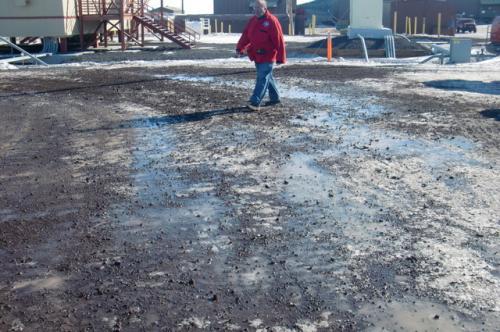
I went out to the WISSARD set up site this morning. There was some electrical work being done and it was such a beautiful day that it just seemed like the place to be. When I got there I found that the generator was being serviced, so no power was available, but that gave some of the drill crew and our team engineer from DOER, Mike Osment, a chance to re-wire the power inputs to the instrumentation container (the big orange box in the picture below). Due to the high temperatures, I had dressed lightly – long johns, jeans, wind pants, thermal top, big red insulated parka, light gloves, and hat. I left off the balaclava, heavy gloves, heavy long johns and heavy fleece top. I also left the Baffin boots and wore my normal hiking boots. It was an especially good test of the footwear – my toes did get a bit cool before I came back into town for lunch. I had considered some shorts and a Hawaiian shirt.
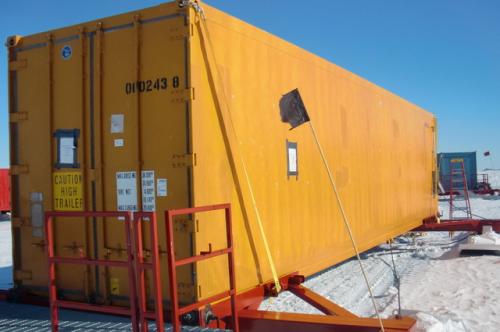
Data
I got a question in the “Ask the Team” questions about the data we’re collecting. Well, right now we’re not collecting any data. What we’re doing is getting the equipment ready so we can eventually collect data. In the pictures below you see some of the equipment we are using and a lot of red containers. Each container is forty feet long and contains some part of the equipment that will be used during drilling and data collection.
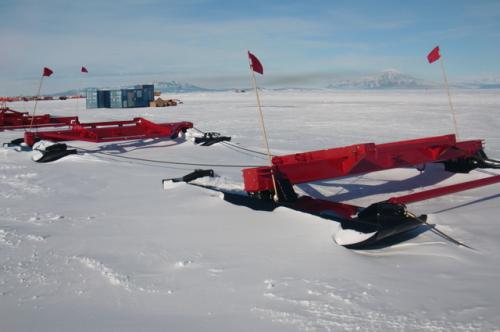
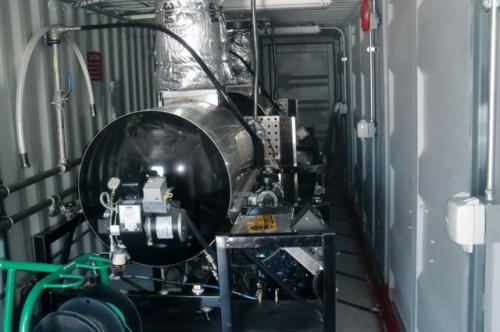
In school you learn about the scientific process, and it seems pretty straightforward. Normally it goes like this:
You get an idea or have a question you want to answer.
You figure out a way to test your idea and build the test equipment (lab setup).
You run your tests and collect the needed data.
You analyze the data
You publish your findings
WISSARD is currently in step 2 – and has been for a couple of years. The equipment and methods are very complex and it has taken a long time to get everything ready. Even now there are still some questions about how to collect the data that the research team wants to get. The first real test of the whole system won’t come until early December 2012, and collecting data (step 3) at subglacial Lake Whillens won’t happen until January 2013.
Summary
The message I want you to take away from this is that on a very large research project like WISSARD it may take many years just to design an experiment, build the equipment you need, test it, and finally get it out to the field where you will see if it all works. The actual data collection may only take a few days. With WISSARD the data will probably be collected over a 10-14 day period. Overall the planning will take much more time than the data collection.
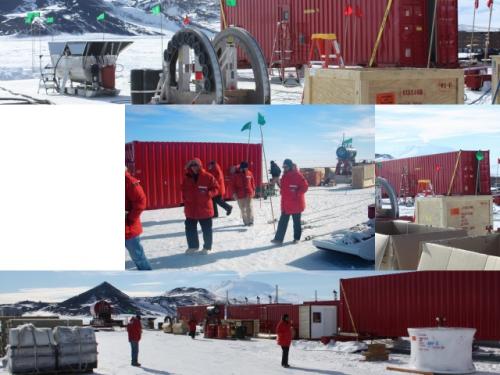


Comments